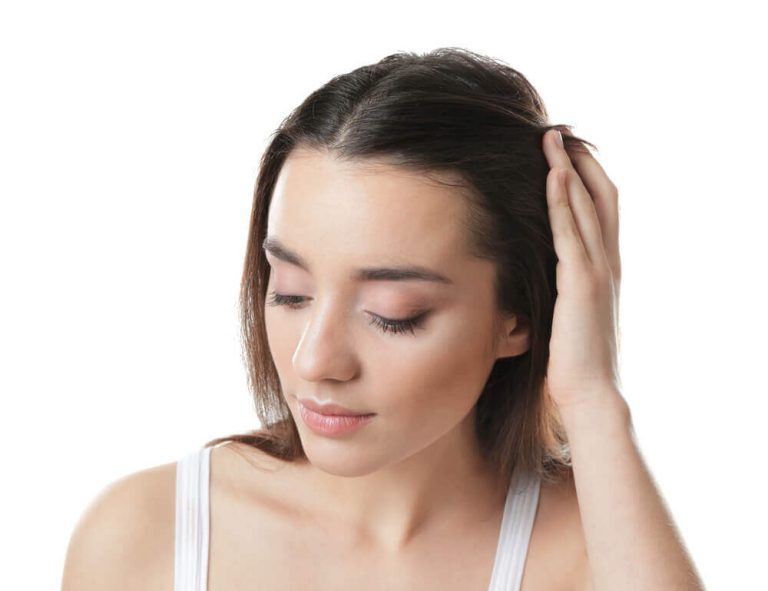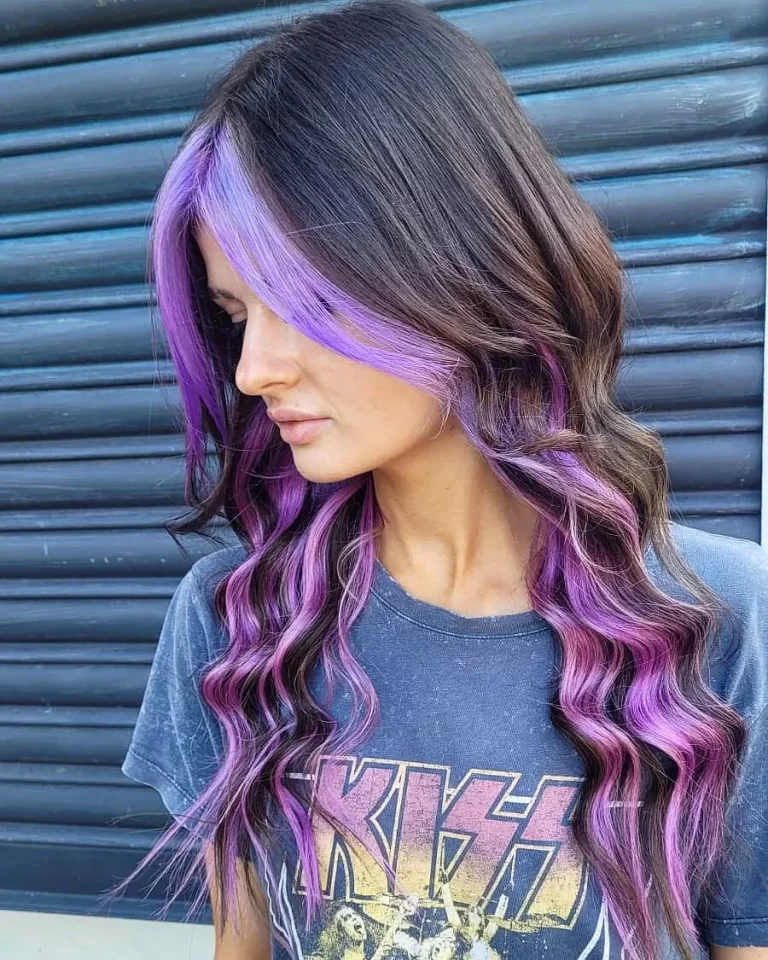
How to Bleach Hair
The Ultimate Guide to Bleaching Hair at Home
Bleaching provides a fresh hair color canvas. It strips away natural or artificial pigments for a clean slate. However, bleaching also represents hair’s most damaging chemical service. This comprehensive guide covers everything about at-home bleaching. It explains the process, products, precautions and methods for success.Learn how to safely bleach hair at home with step-by-step instructions and expert tips.
Understanding Hair Bleaching Fundamentals
Bleaching utilizes alkaline chemicals and oxidizers. These potent ingredients break apart hair’s melanin pigment molecules. As melanin degrades, strands turn progressively lighter shades.
Two key components drive the bleaching reaction:
Alkalizing Agents
- Ammonia or ethanolamine create the high pH environment required
- These alkaline chemicals penetrate the cortex to accept oxidizers
Oxidizers/Persulfates
- Ingredients like hydrogen peroxide or sodium/ammonium persulfates remove melanin
- Higher volumes produce quicker, more dramatic lightening effects
Unlike hair color, bleaching acts as a subtractive process. It systematically leaches away existing pigments. The goal centers on achieving an optimally pale blond or white blonde base.

Essential Supplies for At-Home Bleaching
Before beginning, gather all these bleaching supplies:
Bleach Powder and Developer
- Purchase dust-free powder bleach and developer volumes matched for desired lift
- Common options include Powder Lightener, Rapid Blue, or Kalium brands
Non-Metallic Mixing Tools
- Use non-metallic bowls and brushes to properly dispense the bleach mixture
- Metal tools can trigger unwanted chemical reactions
Deep Conditioning Products
- Pre-bleach deep conditioners minimize porosity and damage
- Post-bleach protein masks nourish and rebuild strands after
Old Towels and Smocks
- Bleaching produces a significant mess and hairline staining risk
- Protect surfaces and clothing for easy cleanup
Petroleum Jelly or Face Cream
- Use barrier creams around the hairline and ears to prevent irritation
- This shields sensitive skin areas from harsh bleach exposure
Brush, Comb, and Gloves
- Brushes and combs evenly disperse product while gloves provide sanitation
- Old t-shirts or plastic caps may help control the bleach spread too
Color-Protecting Shampoo
- Purple or blue toning shampoos neutralize brassinesses
- Switch to hydrating and bond-building shampoos after bleaching
Acquiring the proper products and supplies proves mandatory. It ensures safe application, even disbursement, and effective results.

Preparing for the Bleaching Process
Ample preparation streamlines the home bleaching process:
Read All Instructions Thoroughly
- Each product line provides specific mixing and application directions
- Missing any steps risks uneven results or hair damage
Perform a Strand Test First
- Testing product performance on a tiny hair sample identifies issues
- This reveals the need for added protein, adjustments, or better products
Follow Best Timing Guidelines
- Apply bleach right after shampooing when hair is cleanest and driest
- Time the bleaching session based on hair’s current level and desired lift
Divide Hair Into Manageable Sections
- Segment hair into methodical cross-hatched or pie-shaped parts
- This ensures thorough, missed-spot-free coverage across all areas
Do a Clarifying Pre-Wash
- Clarifying shampoos strip away product buildup for maximum porosity
- Pre-lightening always provides the most extreme outcome
Following these preparatory steps helps avoid potential pitfalls. Organized, planned bleaching tends to yield better hair uniformity too.
Proper Bleaching Application Techniques
Applying the bleach mixture properly determines outcomes:
Start at the Root Area
- Section by section, apply bleach generously to new growth first
- Roots require the longest development time for even lifting
Saturate in Thin, Clean Sections
- Use a brush to comb bleach thoroughly through each parting
- Quick strokes fully saturate from root to ends without reapplying
Avoid Overlapping or Reapplying
- Overlapped sections lead to uneven porosity and banding
- Only apply product once per section for a uniform result
Check Even Color Progression
- Inspect the color level frequently to halt overlightening or damage
- At-home bleaching produces more subtle development versus salons
Pay Close Attention to Timing
- Time duration carefully based on product instructions and underlying pigments
- Never leave bleach on a minute longer than recommended
Bleaching takes active involvement from start to finish. Rushing causes hot roots, reverse banding, or inconsistent lifting. Following the meticulous process proves crucial.

Rinsing, Toning and Post-Bleach Care
Once the desired lightness levels appear, immediate rinsing begins:
Use Cool Water Always
- Cold or lukewarm water prevents further oxidation in the hair
- Hot water could increase porosity and damage cuticles
Rinse Thoroughly with Shampoo
- Wash out all traces of bleach with a color-protecting shampoo
- No need for conditioner, as toning and moisture treatments come next
Apply a Toning Gloss or Glaze
- Toning cancels yellow, orange, and brassy tones with complementary pigments
- Glosses also smooth the hair cuticle and provide shine
Deep Condition and Reconstruct
- Hair requires an intensive protein conditioning after bleaching
- Bond-building and restorative treatment prevent breakage
Bleached hair carries maximum porosity and fragility. Rinsing, neutralizing, and nourishing offset that stress appropriately after each session.
Bleaching Results: Factors That Affect Success
Many dynamics impact how bleached hair appears:
Natural Hair Color and Undertones
- Virgin hair with darker pigments requires more work for lift
- Light blondes or those with cool undertones lift faster
Previous Chemical Services
- Color-treated hair bleaches unevenly due to mixed undertones
- Heavy highlighting leads to more porous sections lifting faster
Hair Texture, Density and Porosity
- Coarse, resistant hair textures require stronger volumes
- Finer, porous hair lightens rapidly with the same volumes
Product Choices and Technique
- Quality bleach powders and volumes produce more reliable results
- Skilled application and managing timing makes all the difference
Environment and Location
- Climate, humidity, and even water all impact how bleach develops
- Clients achieve varying results bleaching at home versus in salons
Hair’s current condition, prior color history, and texture guide the bleaching experience. Even with perfect application, managing contrasts requires customized approaches.

Maintaining Blonde After the Bleach Session
Bleaching provides a blank color canvas but requires upkeep:
Invest in Hydrating, Bond-Restoring Shampoos
- Monthly reconstructing or keratin protein treatments safeguard strands
- Purple and blue pigmented shampoos tone brassiness weekly
Book Professional Glosses Regularly
- In-salon glosses periodically refresh tone and seal cuticles
- These treatments add luster and prevent oxidative yellowing
Use Consistent Leave-In Conditioning
- Bleached hair needs daily leave-in conditioners and masques
- Heat protectants shield during any heated styling too
Minimize Bleach Reapplications
- Too many bleaching sessions cause excessive compromised cuticles
- Experts recommend spacing bleach sessions at least 6-8 weeks apart
Get Regular Trim Appointments
- Dusting the ends controls dreaded split ends or stringiness
- Replacing bleached lengths maximizes hair longevity and shine
With proper bleached hair maintenance, that fresh platinum look shines year-round. Thorough pre-bleaching preparation and post-session conditioning prove equally crucial.
Assessing Whether At-Home Bleaching Suits You
Bleaching stems from powerful chemical compounds. Every person’s hair reacts uniquely based on genetics, hair condition and expertise level.
Home bleaching represents a risk best suited for:
Low-Maintenance Color Goal
- A double process of lightening then toning leads to frequent reapplications
- Bleach blonde provides a lasting solution for those wanting minimal effort
No History of Hair Loss or Severe Damage
- Bleaching only compounds existing fragility and shedding
- Those with significant breakage should avoid additional hair stress
Passion for DIY Hair Experiments
- With intricate sectioning and timing involved, bleaching takes dedication
- Inconsistency or impatience hinders achieving even, salon

